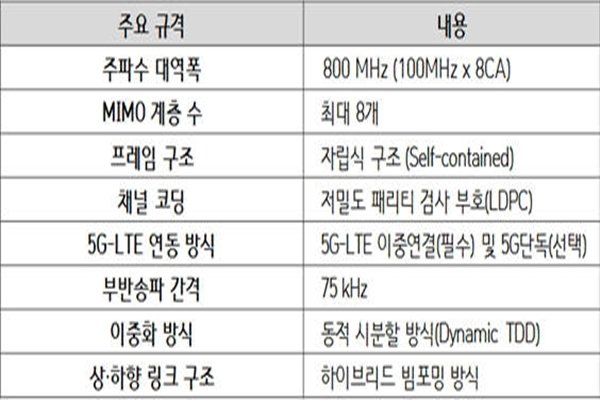KT has taken a step forward in grabbing upper hands in standardization of 5G Network.
After introducing 5G technical standards that it is going to introduce during 2018 Pyeongchang Winter Olympics (5G-SIG) on its homepage, 3,500 downloads and 10,600 views were made in just a month.
KT explains that variety of industries such as domestic and foreign chip manufacturers, mobile network providers, academic world, research institutes, equipment manufacturers, and telecommunication experts either downloaded or viewed KT’s 5G technical standards.
KT’s 5G technical standards are world’s first 5G standards that will be demonstrated during 2018 Pyeonchang Winter Olympics. Because there is not much difference between its standards compared to standards from SK Telecom and LG Uplus, there is a high chance that its standards will become national standards.
As number of countries and businesses that develop products based on standards, it will be advantageous in presenting its standards as international standards. If an ecosystem expands with small and medium companies at the center, it is possible to grab upper hands in markets and this is the reason why KT has introduced its standards.
“There are major global companies and mobile network providers out of businesses that viewed our documents and some have formally requested for partnership.” said a representative for KT. “After these businesses set our standards as standards for their products and our standards are established as international standards, their strategies are to modify only small parts of our standards.”

KT’s standards are based on upper standards such as 28GHz band, 800MHz bandwidth, and TDD (Time-Division Duplex) method and lower standards that implement these upper standards. KT has developed its standards by working with global companies such as Samsung Electronics, Nokia, Ericsson, Qualcomm, and Intel.
Although 2018 Pyeongchang Winter Olympics is going to take place before international standards on 5G network finalized, KT predicts that its standards will become the guidelines for 5G network as there are areas such as frequency band and method of data processing that are difficult to change.
Previously at a meeting for 5G network that took place at ITU (International Telecommunication Union) headquarters from the 5th to the 9th, KT’s technologies that manage 5G network are completed as international standards for managing 5G network.
This is the first time when technologies for managing 5G network are not just selected as candidates but completed as international standards. After its technologies go through 193 countries that are members of ITU, ITU will publicly announce KT’s technologies in 2017.
“We are able to grab upper hand in global markets for 5G as our technologies are completed as international standards.” said Director Lee Dong-myeon of KT Convergence Technical Institute. “We are going to focus on having our technologies chosen as international standards for 5G network.”
Staff Reporter An, Hoch eon | hcan@etnews.com